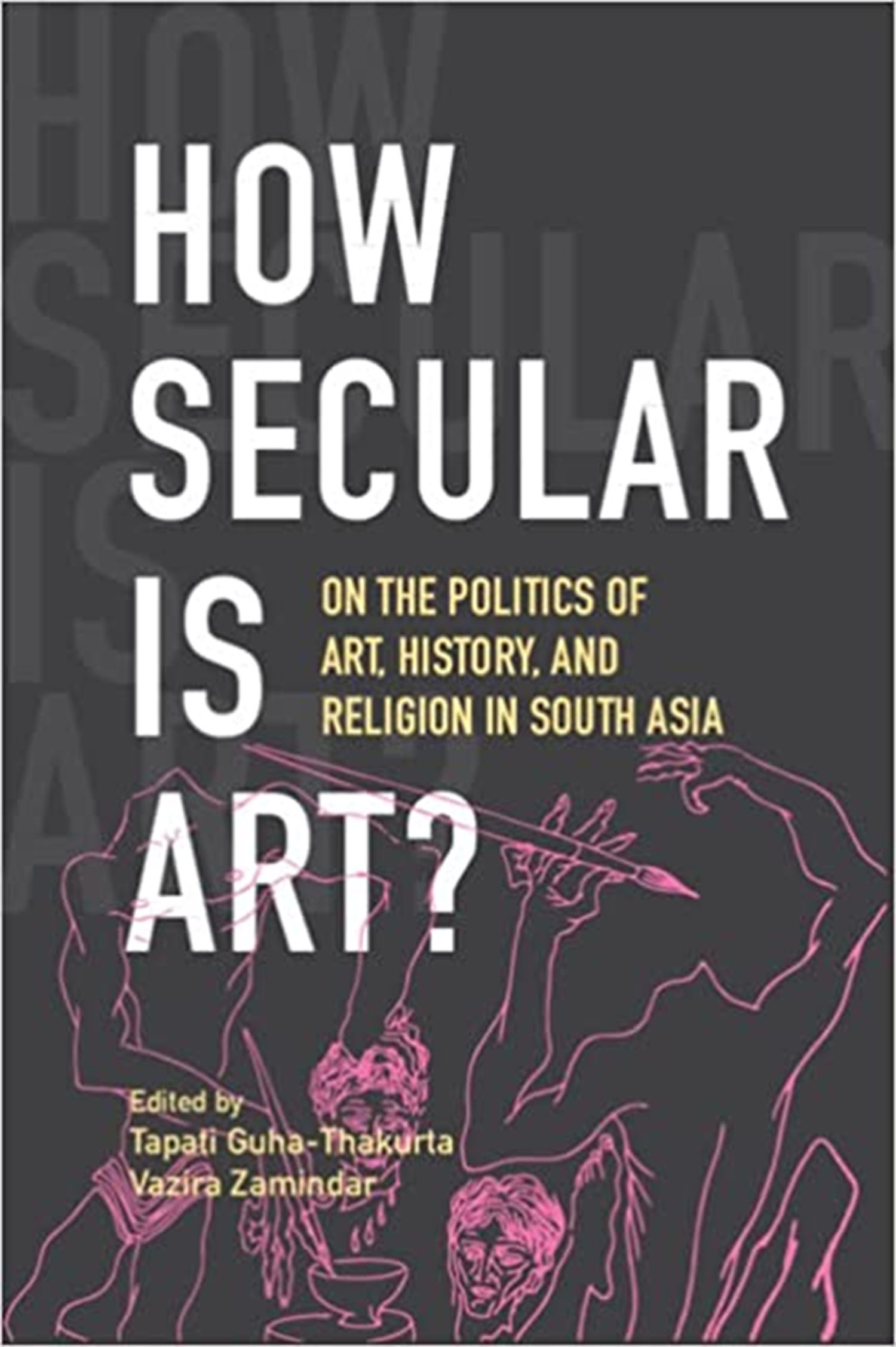The irreversible entrapment of religion with terms like violence, brutality, offence, anger, fear, and censure instead with say, inquiry, beauty, prayer or tolerance is a paramount sign of our decayed condition. But resigned acquiescence is also not a mark of the academic enterprise. The very act of thinking and writing challenges admission. The political and intellectual basis of questioning the demarcations to which we are accustomed—communal and secular, art and popular culture, colonial and postcolonial, among others—provides the core of How Secular is Art? On the Politics of Art, History, and Religion in South Asia. The essays in this volume are bound together by a commitment to engage and confront the politics that encircles art practice: politics that impinges on ideas of secularism, citizenship, and democracy, as much as matters that determine and uphold commonly held assumptions about a discipline, its false certainties, and tautological limits. Any meaningful examination of ‘art’s secular credentials’ becomes possible, the book proposes at the outset, by recognizing that ‘the secular’ itself is a ‘protean term’. Following Edward Said, the editors write: ‘It could be regarded as a form of critique willing to hold all belief, as in certainty or conviction in abeyance’ (p. 4). Because it is not by reciting definitions as much as by thoughtfully decoding the echoes of this commonplace but difficult concept, answering ‘how secular is art’ emerges as a particularly demanding and intriguing exercise. In the hands of a novice, the response to this seemingly simple question would have perhaps missed the rigour, even if laden with curiosity. But led by Guha-Thakurta and Zamindar, its investigation in the book calls attention to the brilliance of some of the most skillful and articulate women writing on the history of art in the subcontinent.

Politics Encircling Art Practice
Malvika Maheshwari
HOW SECULAR IS ART? ON THE POLITICS OF ART, HISTORY, AND RELIGION IN SOUTH ASIA by Tapati Guha-Thakurta and Vazira Zamindar Cambridge University Press, 2023, 429 pp., 3693
July 2023, volume 47, No 7
